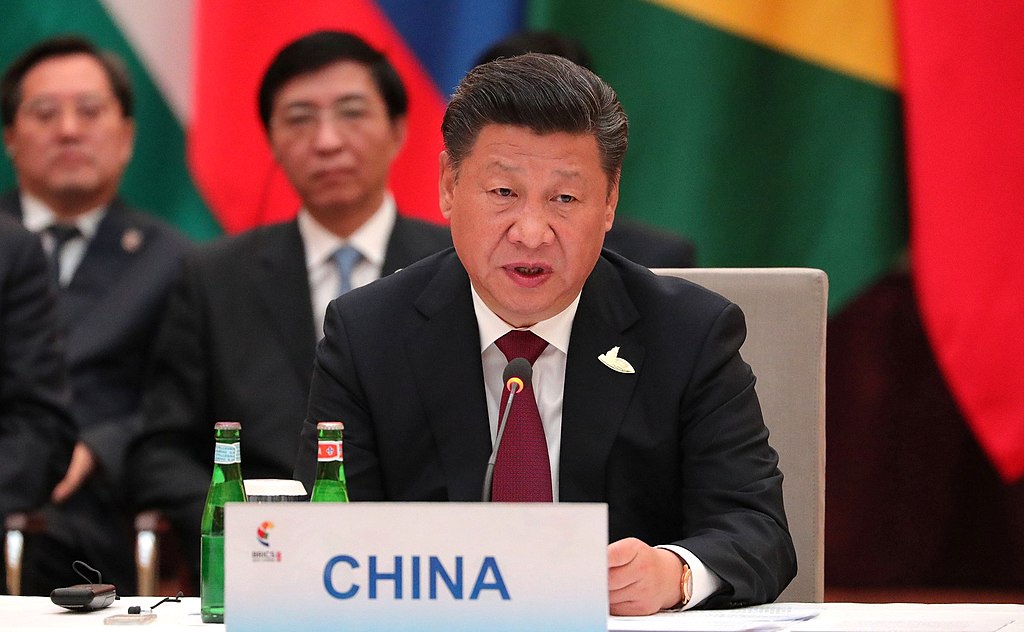
In the tit-for-tat trade war between China and the United States, exacting an economic price, such as intended by imposing retaliatory tariffs, may not be enough. A critical battle is also being fought on the public relations front. If one of the belligerents can make a stronger case than the other, it could put greater pressure on the other party to de-escalate.
This is apparently what the Chinese government intended to do with the publication of its 71-page (in English) white paper, “The Facts and China’s Position on China-U.S. Trade Friction,” released on September 24, the day the new 10% tariffs on $200 billion worth of Chinese imports to the United States went into effect. Judging by its content, the Information Office of the State Council, the author of the report, did a better job than its previous PR efforts. The white paper provides sufficient detail to convince us of the benefits of globalization and U.S.-China trade relations. It also persuasively argues that the huge bilateral trade deficit the U.S. has with China is primarily the result of macroeconomic factors, such as low U.S. savings rates and high fiscal deficits, not trade barriers. But the white paper nevertheless falls short when it attempts to defend against criticism of China’s policies and practices on subsidies to state-owned enterprises (SOEs), government-directed industrial policy, foreign investment, intellectual property rights, and market access.
While most knowledgeable people are sympathetic to China’s arguments on the economic benefits of trade, few are likely to accept Beijing’s defense of its controversial economic policies and practices, such as subsidies to SOEs, restrictive access for foreign companies (mostly in the high value-added service sector), and weak intellectual property rights protection. These have been seized by the Trump administration as casus belli in initiating the trade war. Chinese leaders must know that nearly all Western business executives, most of them friendly toward China, also find these policies and practices harmful to their businesses.
A smarter move on Beijing’s part would have been to openly acknowledge China’s shortcomings in these areas but pledge to correct them with reforms. Some in the Chinese government may be concerned that doing so would legitimize Trump’s trade war, but such worries are superfluous. The reality Chinese leaders need to be aware of is that grievances against these Chinese policies and practices are widely shared in the West, not just in the U.S. or within the Trump administration. Many find Trump’s protectionist mindset and bullying tactics objectionable, but they agree that pressure is needed to force China to address these structural problems, which make free trade between China and the rest of the world untenable in the long run.
The challenge facing Beijing now is what it should do to broker a ceasefire in the trade war.
Up to this point, the Chinese government has been courting Western business leaders in the hope that they could persuade the Trump administration to back down. At the same time, Beijing also expects that its retaliation will cause enough economic pain in the U.S. to make Trump reverse course. Based on developments in recent months – in particular Washington’s decision to impose the latest tariffs on the eve of a planned visit by the chief Chinese negotiator, Vice Premier Liu He – this is not a winning approach. The simple fact is that the trade hawks are in charge in the White House, while pragmatists are sidelined.
Politically, it was impossible for China not to cancel Mr. Liu’s visit. This outcome was almost certainly anticipated by the trade hawks, whose ultimate objective is a near-total economic decoupling of the two countries. China’s tit-for-tat tactics, complemented with an emerging PR campaign, will likely play into the hands of the trade hawks. They will easily persuade Trump, who is far more concerned with preserving his image as a tough guy than with the economic consequences of his decisions, to push back against China with maximum force. At the same time, China’s lack of credible commitment to addressing the underlying structural issues will also bolster the case of the trade hawks and discourage the business community, one of the real victims of the trade war, from stepping forward to end the carnage.
Given its relative position of weakness in the trade war, China’s best course of action in the coming months is to seek a face-saving compromise that can preserve its commercial relationship with the U.S.
On the diplomatic front, Beijing will need to re-engage with the U.S. before the newly-imposed tariffs rise to 25% on January 1, 2019. This will not be easy because the Trump administration is internally divided and, unless the political dynamics change dramatically, the trade hawks will continue to remain in the driver’s seat, dimming any hopes of a negotiated solution.
The Chinese government may be tempted to wait until after the mid-term elections in the U.S., hoping that Trump would rethink his tariff war after an expected drubbing at the polls. This is wishful thinking. The “get tough with China” policy has bipartisan support. A Democratic wave in the mid-term elections is unlikely to change the underlying political dynamics of the trade war in Washington. In this context, waiting is wasting valuable time.
Instead, Beijing must be proactive. To shift the political dynamics in Washington in favor of the pragmatists, China must quickly regain the support of America’s business community, which has been alienated by China’s failure to live up to its promises after it helped Beijing enter the World Trade Organization (WTO). If China makes credible promises on substantive market access and structural reforms that can be carried out quickly, its erstwhile allies in the U.S. business community will likely enter the fray from the sidelines.
Such a step may appear to be too much of a compromise for many Chinese leaders, but this may be the only realistic measure to end the trade war before it totally wrecks U.S.-China trade (and geopolitical) relations.
